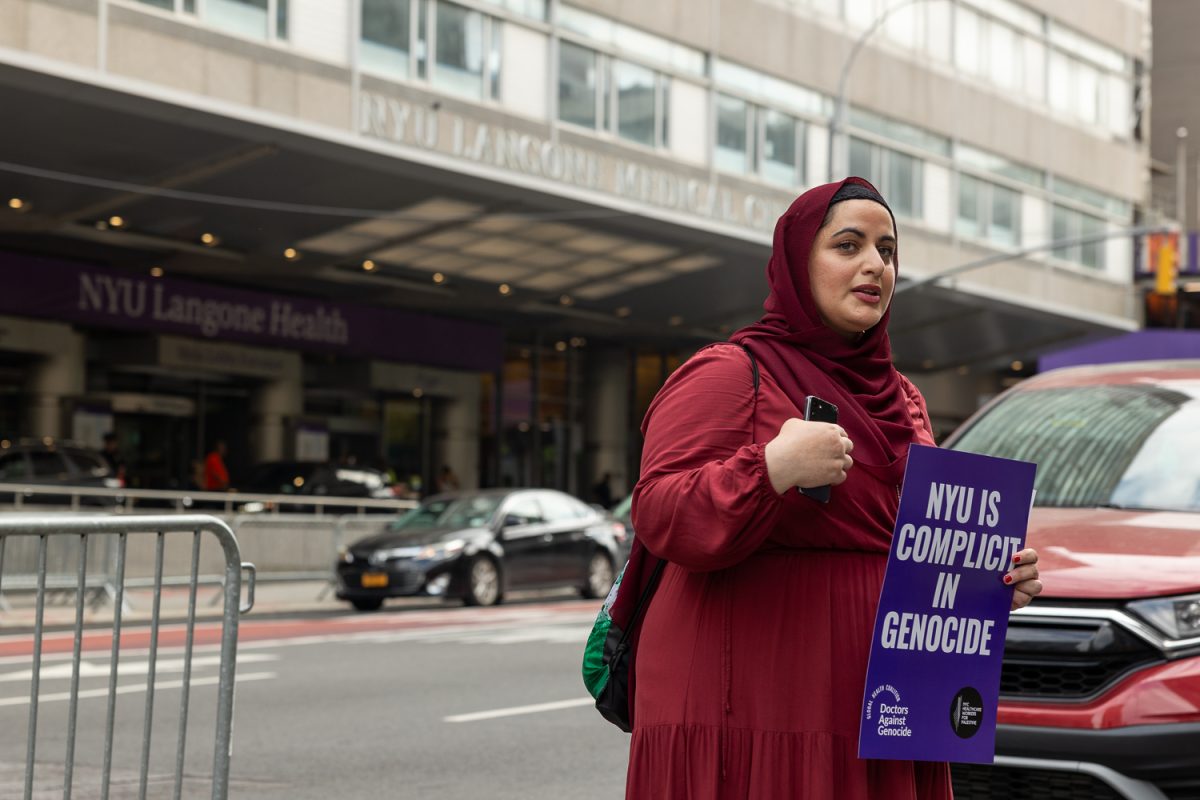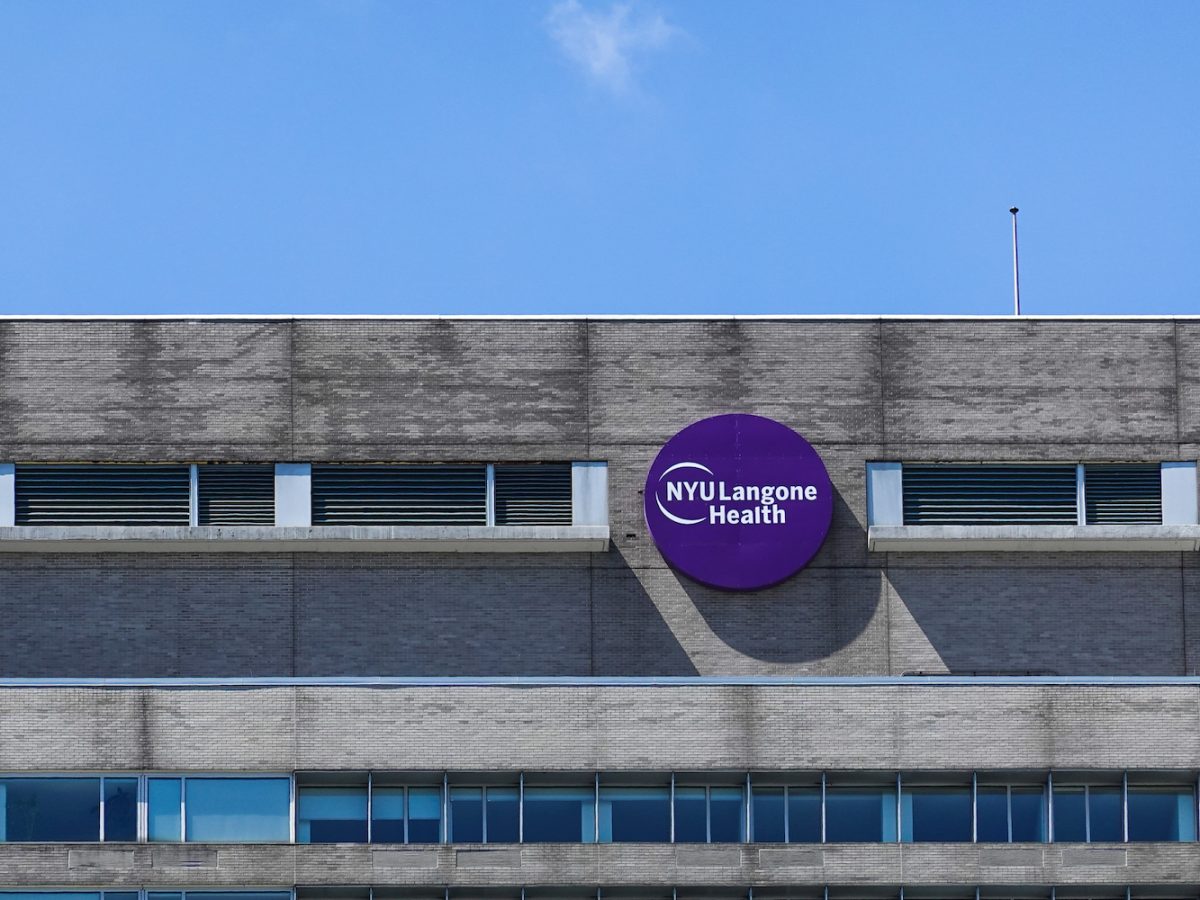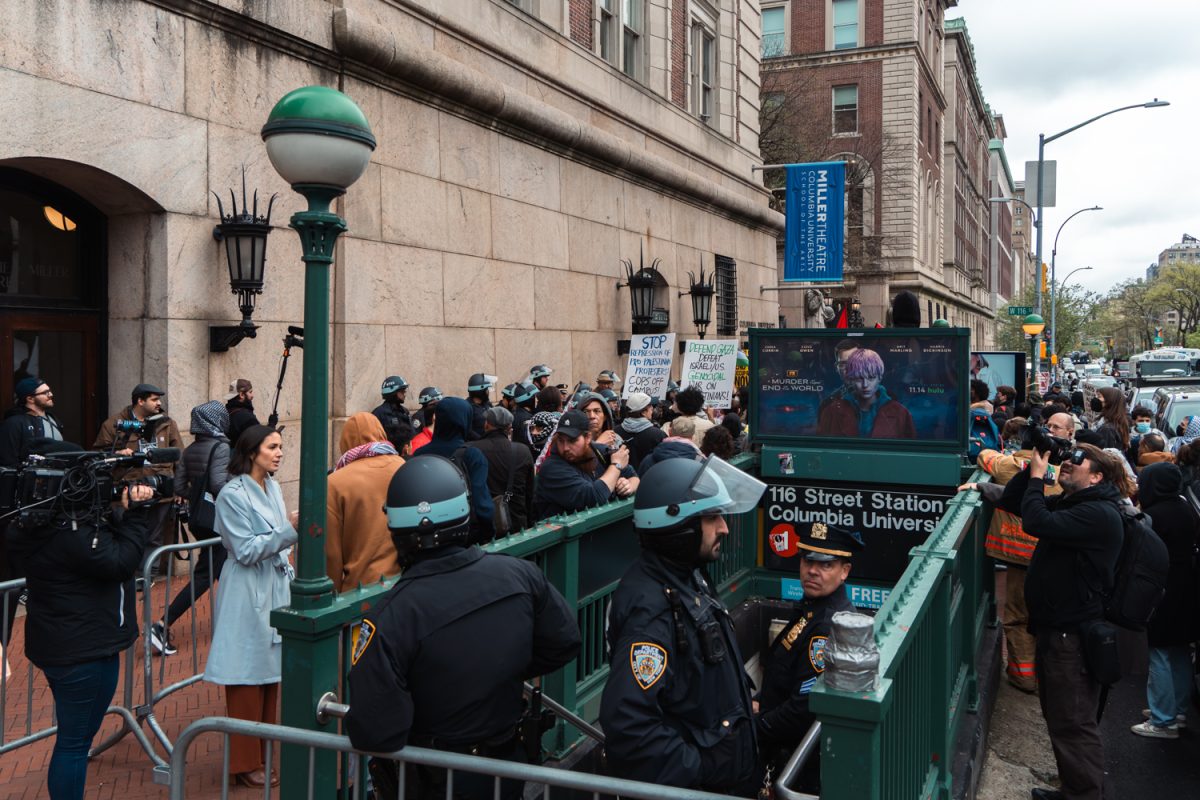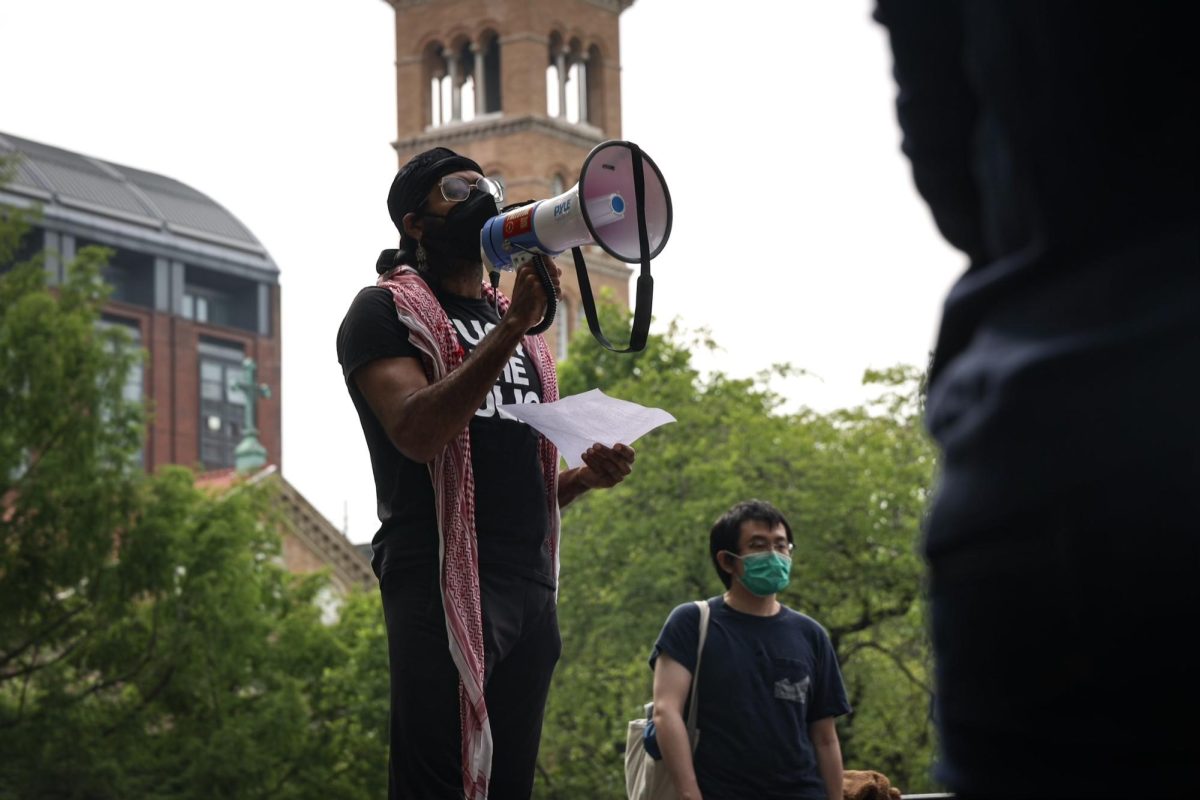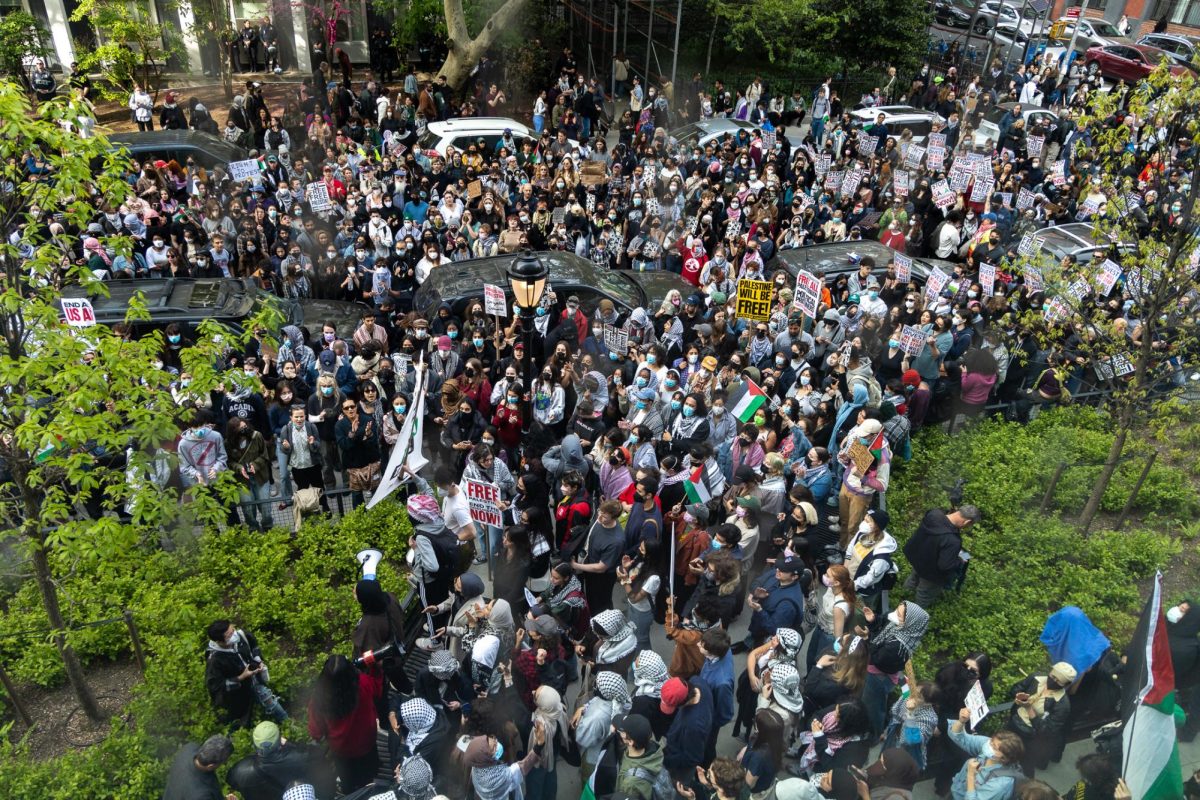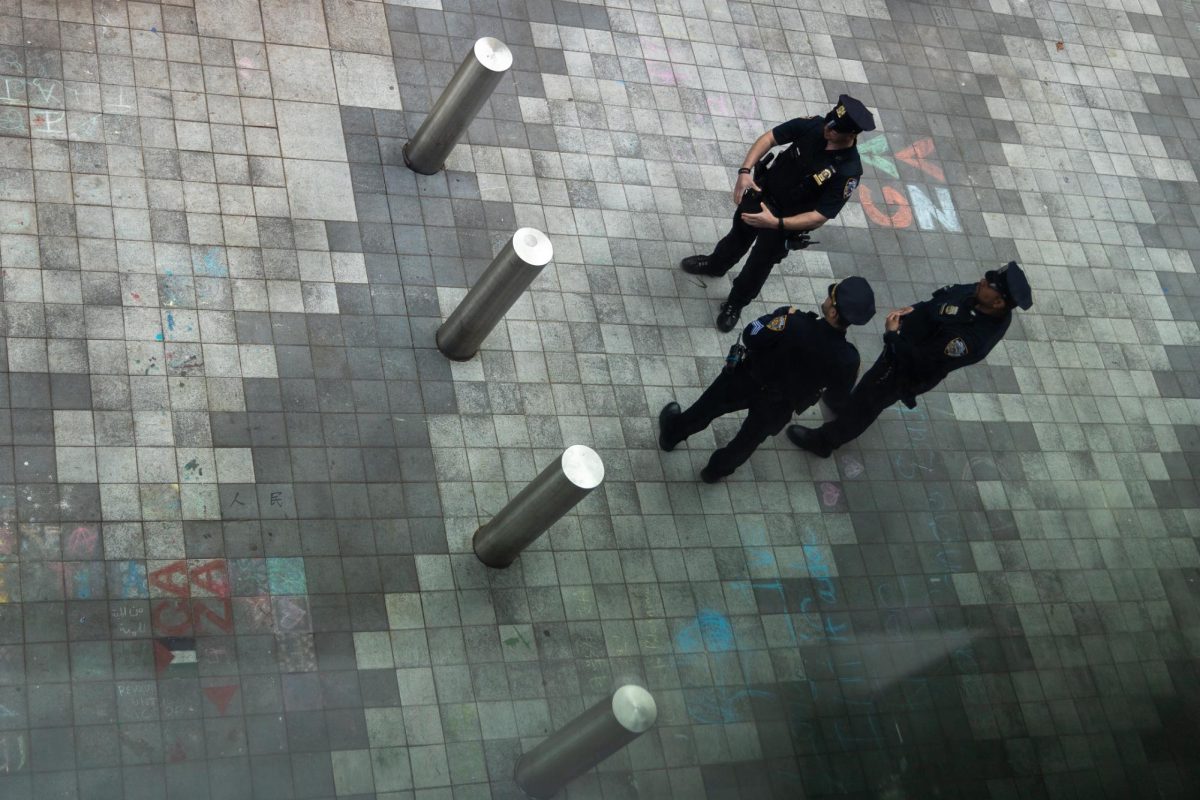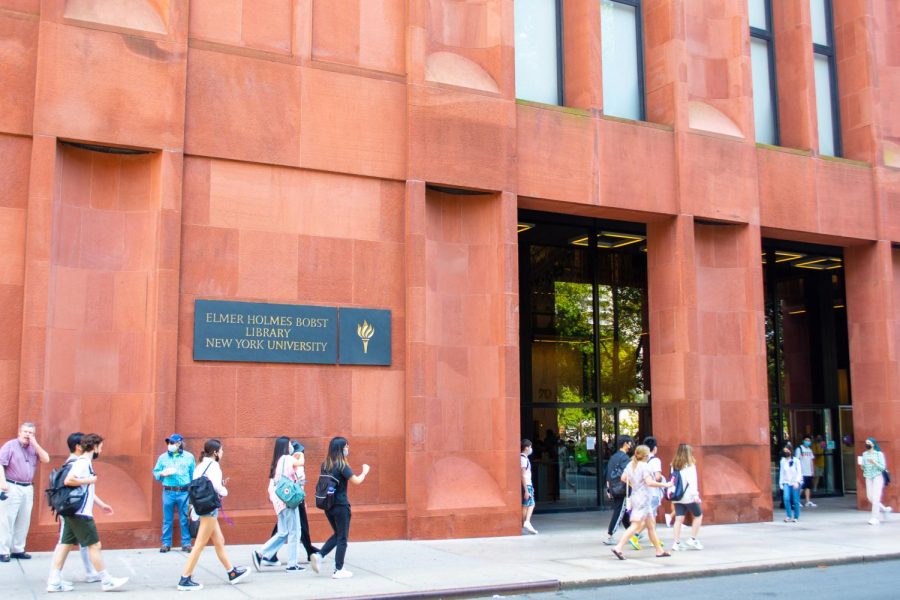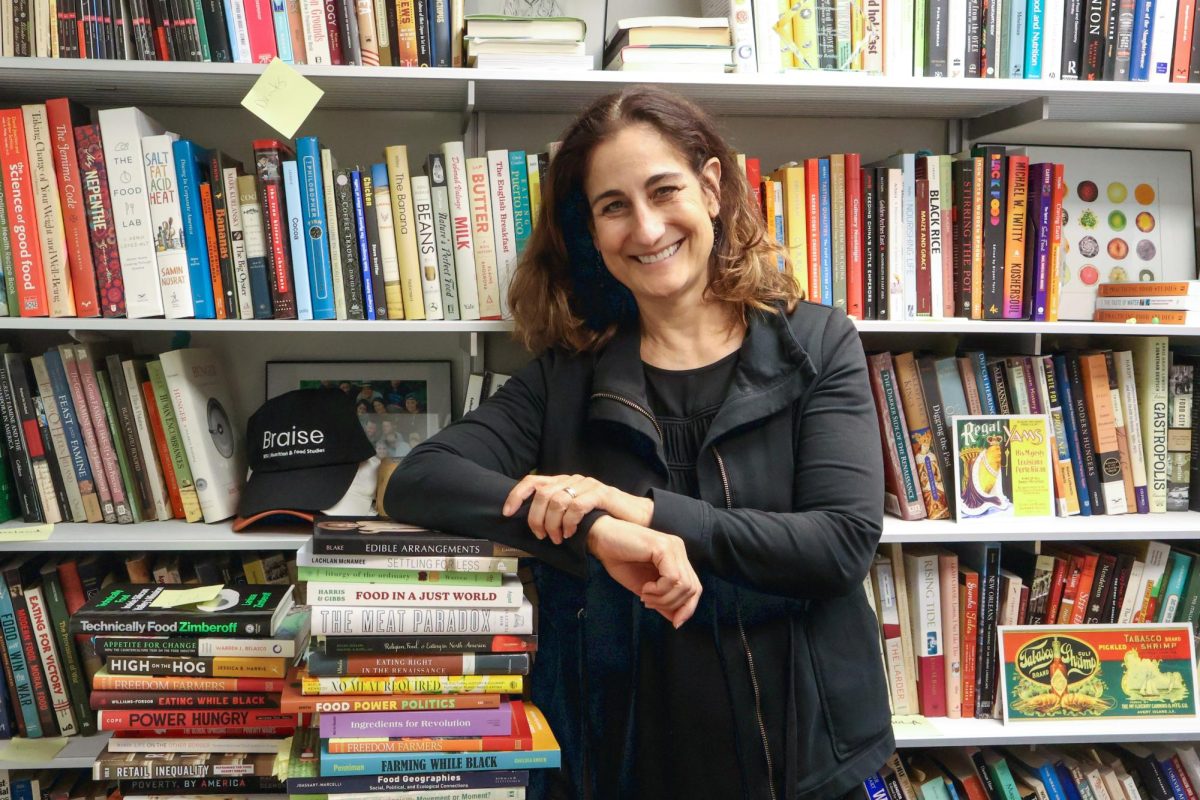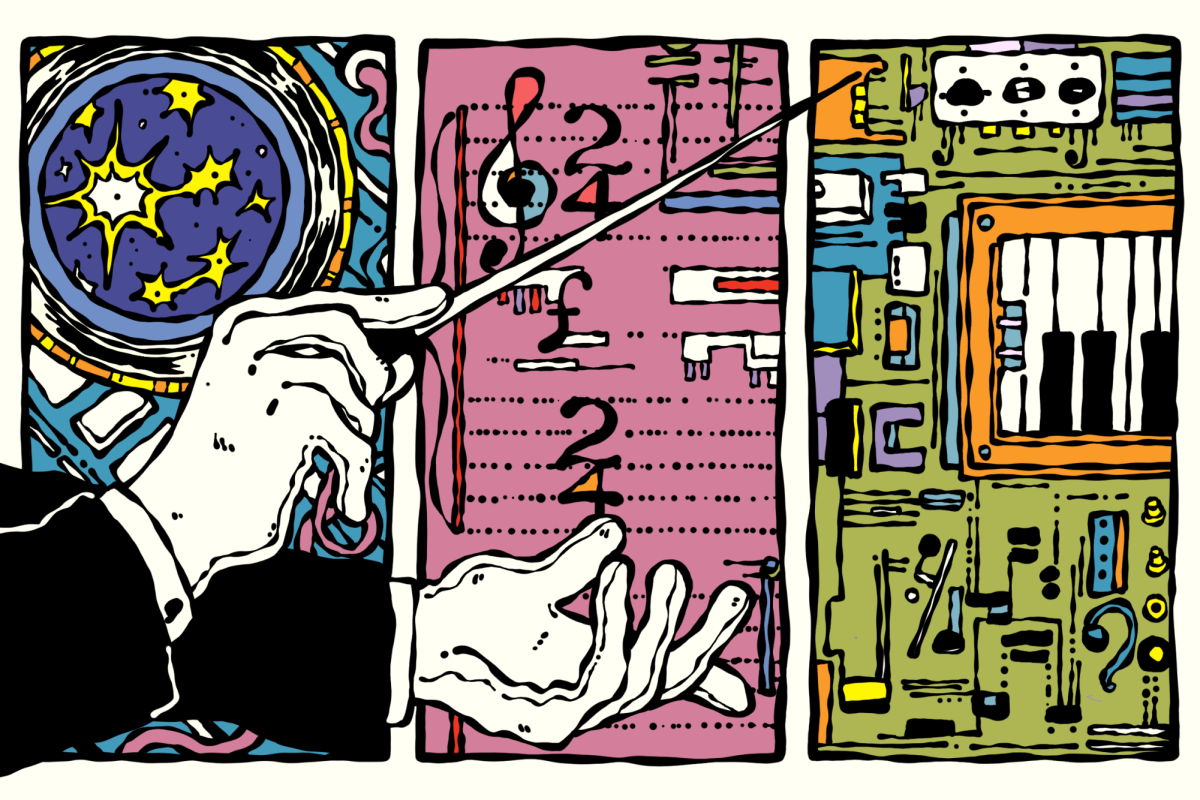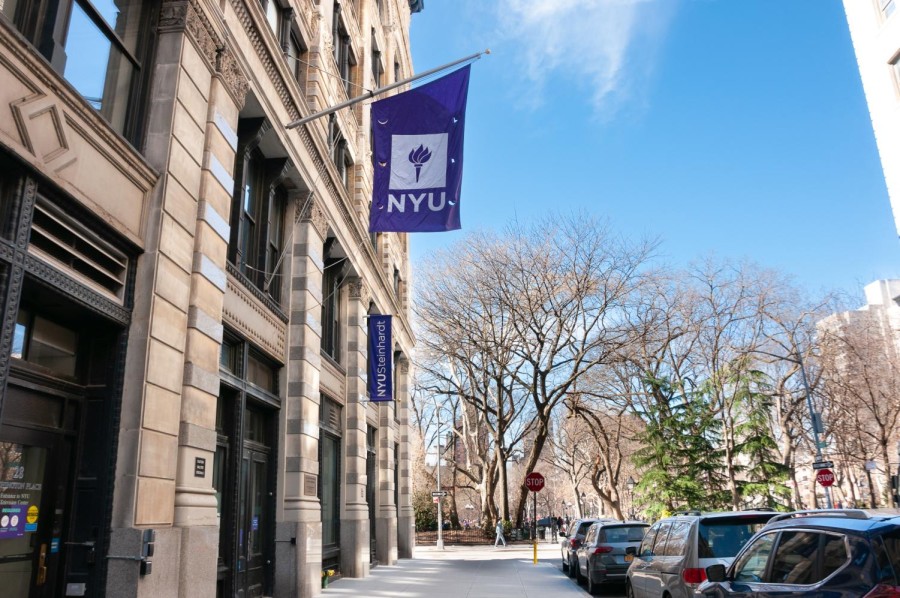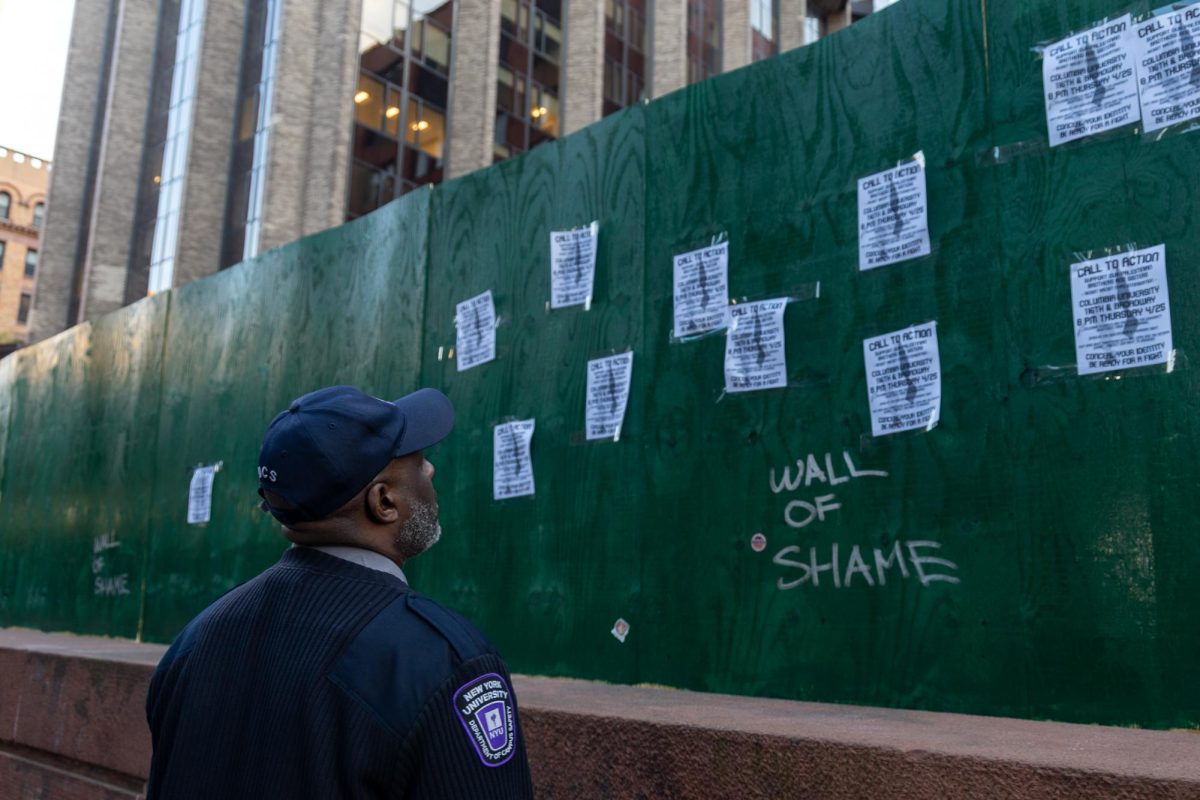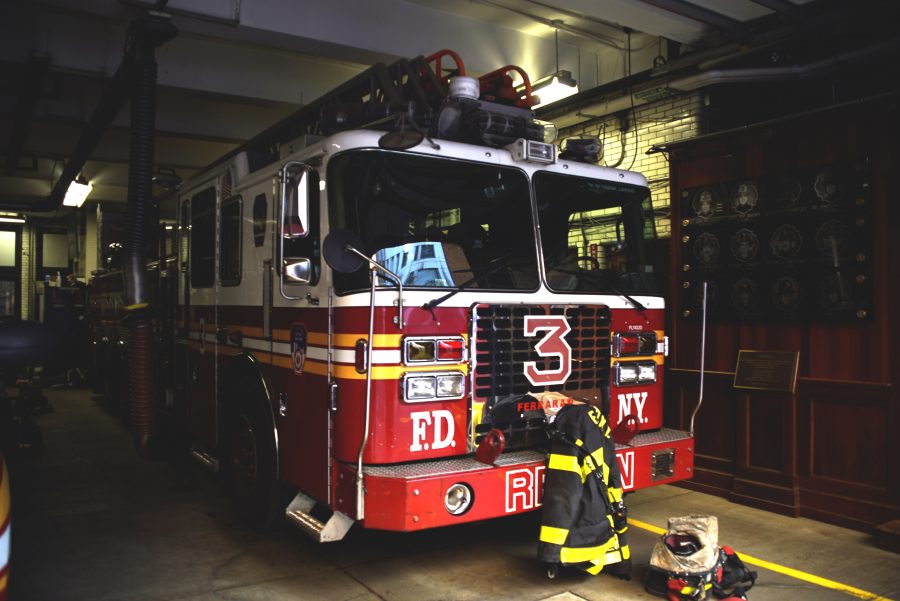New York City Fire Commissioner Laura Kavanagh announced a yearlong partnership with NYU’s Tandon School of Engineering at a public safety briefing on Feb. 2 that aims to escalate emergency response times using artificial intelligence.
The project, which will be based at Tandon’s C2SMARTER Center, will focus on using AI to predict traffic patterns and shorten responses to emergencies. At the briefing, Kavanagh said the partnership will attempt to “make New Yorkers safer” by creating a virtual representation of traffic patterns, allowing for emergency services to allocate the proper resources and address situations at a faster rate. The project will be led by Tandon professor Joseph Chow, who is also the associate director of C2SMARTER.
In a written statement to WSN, Chow said that since emergency vehicles, or EMVs, don’t operate the same way as traditional cars, it is difficult to calculate their travel times. He added that travel times depend on several factors, including space to pull over the vehicle, the locations of outdoor dining sheds and how many pedestrians are in the area.
“What if we have access to a lot of historical EMV dispatch route data, alongside historical and real-time data on traffic conditions?” Chow wrote. “Accompanying all that, we also have access to traffic simulation tools that can capture how vehicles respond to each other, including EMVs.”
In New York City, ambulances and fire companies’ combined average response time to “life-threatening medical emergencies” has increased by nine seconds from the first four months of 2023 to the first four months of 2024. During the Feb. 2 briefing, Kavanagh said that rising response times can be attributed to an increase in people calling 911.
“We can’t control traffic, of course, but we can weigh in on where our resources are, and if we can predict where traffic is going to be the most difficult, we can not only place different resources there, but even alternative sorts of resources,” Kavanagh said.
Contact Stella Zhong at [email protected].



